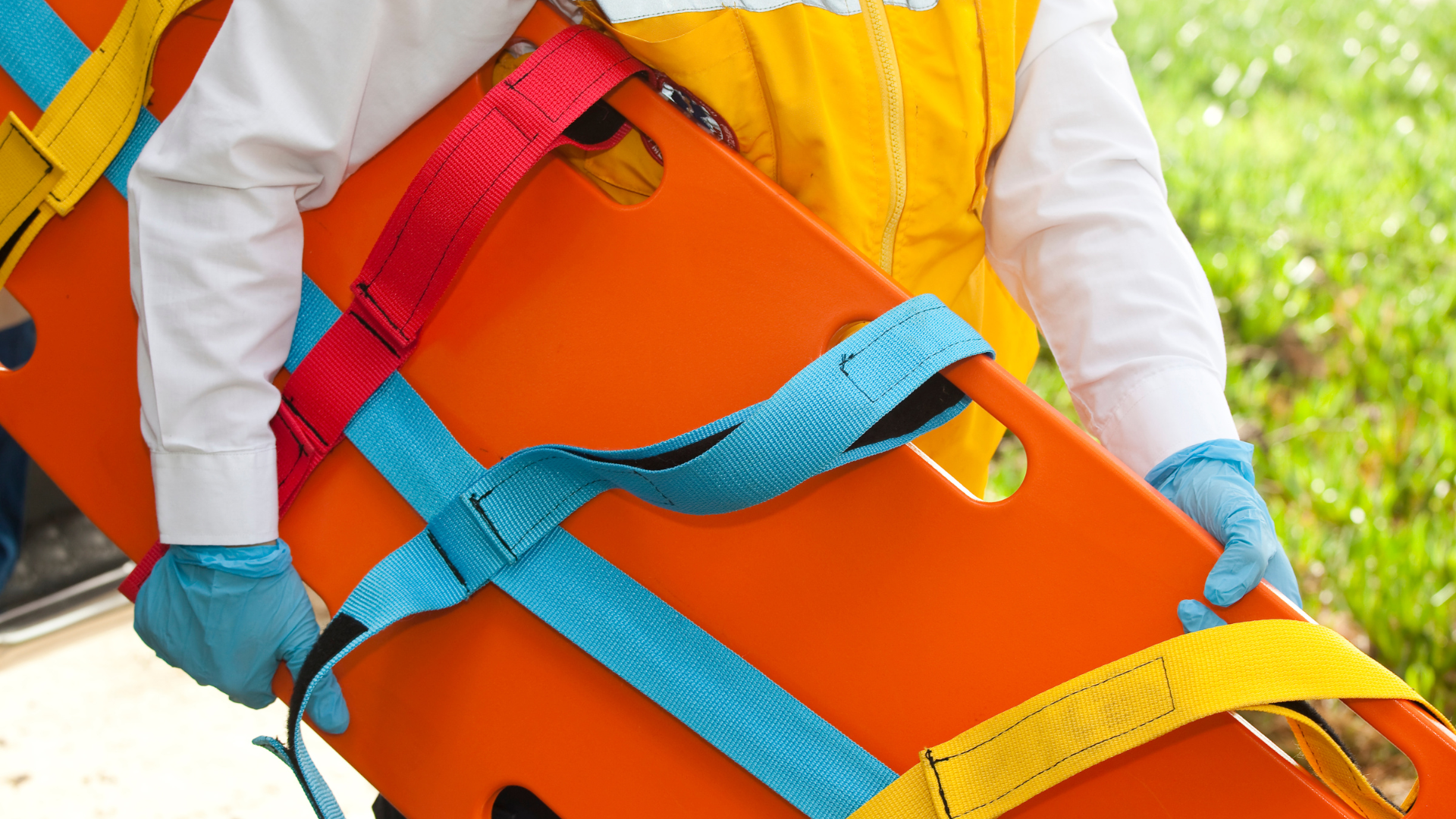
Scopri le differenze tra le tipologie di barelle e quando utilizzarle
Le barelle sono fondamentali nel primo soccorso per il trasporto sicuro dei pazienti. Esistono diversi tipi di barelle, ognuna con caratteristiche specifiche:
- Barelle a cucchiaio: Ideali per il sollevamento senza muovere eccessivamente il paziente.
- Barelle rigide: Utilizzate in situazioni di emergenza per trasporti su superfici irregolari.
- Barelle pieghevoli: Perfette per essere riposte in spazi ridotti e facili da trasportare.
- Barelle per ambulanza: Progettate per essere facilmente manovrate e fissate all’interno dei veicoli di emergenza.
- Barelle a depressione: Usate per immobilizzare pazienti con sospette fratture o traumi.
Barelle a Cucchiaio
Le barelle a cucchiaio sono progettate per trasferire i pazienti senza doverli sollevare completamente dal suolo. Questo tipo di barella si divide in due parti longitudinalmente e può essere posizionata intorno al paziente, riducendo al minimo il movimento, il che è cruciale in caso di sospette lesioni spinali.
Barelle Rigide
Le barelle rigide, solitamente realizzate in materiali robusti come l’alluminio o la plastica rinforzata, sono utilizzate in situazioni dove è necessaria una base stabile e sicura per il paziente. Sono ideali per scenari di soccorso in ambienti difficili o per trasporti su terreni accidentati.
Barelle Pieghevoli
Le barelle pieghevoli offrono una grande versatilità grazie alla loro capacità di essere compattate e trasportate facilmente. Queste barelle sono spesso utilizzate in contesti urbani o in situazioni dove lo spazio di stoccaggio è limitato.
Barelle per Ambulanza
Queste barelle sono specificamente progettate per essere utilizzate all’interno delle ambulanze. Sono equipaggiate con sistemi di fissaggio per garantire la sicurezza del paziente durante il trasporto e spesso includono meccanismi di sollevamento per facilitare il caricamento e lo scaricamento.
Barelle a Depressione
Le barelle a depressione, o vacuum mattress, sono utilizzate per immobilizzare completamente i pazienti con sospette fratture multiple o traumi gravi. Funzionano rimuovendo l’aria dal materasso per conformarlo alla forma del corpo del paziente, offrendo un supporto rigido e personalizzato.
Conclusione
La scelta della barella giusta dipende dalla situazione specifica e dalle condizioni del paziente. Ogni tipo di barella ha i suoi vantaggi e limitazioni, ed è fondamentale che il personale di soccorso sia adeguatamente addestrato per utilizzarle correttamente. Per ulteriori dettagli sui prodotti, e quelli che può essere più utile inserire in gamma nel vostro settore visitate PVS S.p.A.




